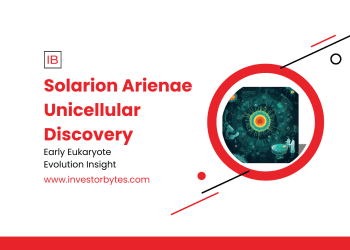Archaeologists have unveiled the Bronze Age “City of Seven Ravines”—Semiyarka—a sprawling 140-hectare metropolis in northeastern Kazakhstan’s Irtysh River valley, dating to 1600 BC and challenging long-held notions of nomadic steppe societies as purely transient. First spotted in the early 2000s by Toraighyrov University teams, the site’s full excavation—led by UCL, Durham University, and Kazakh collaborators since 2018—reveals a planned urban hub overlooking seven valleys, complete with multi-room dwellings, a monumental central structure, and an industrial zone for tin bronze smelting, per a November 18, 2025, report in the Journal of Archaeological Science. For ancient history buffs probing Semiyarka’s significance, this “proto-city”—spanning 346 acres and potentially housing 2,000 residents—marks the Eurasian Steppe’s earliest evidence of organized metal economies, with tin bronze artifacts linking Alekseevka-Sargary settlers to nomadic Cherkaskul traders, suggesting a vibrant exchange nexus that powered regional power dynamics.
Semiyarka’s layout dazzles: two parallel rows of earthen mounds, each a meter high, form foundations for enclosed, multi-room homes—twice the size of typical steppe dwellings—clustered around a grand edifice evoking administrative or ceremonial roles, unearthed via drone surveys and geomagnetic imaging. The southeastern “industrial zone” yields crucibles and slag heaps confirming large-scale tin bronze production—the Bronze Age’s defining alloy—rare in steppe contexts where nomadic myths prevailed. Lead author Dan Lawrence of Durham hailed it as “one of the most remarkable discoveries in decades,” transforming views of 3,500-year-old urbanism: Semiyarka’s promontory perch controlled river trade routes, fostering specialization in metallurgy amid a shift from herding to semi-permanent settlements. Artifacts—bronze axes, pottery shards—date occupation to 2000-1500 BC, with isotopic analysis tracing tin from distant Altai mines, illuminating supply chains that exported 10,000+ items regionally.
Technically, the site’s geomorphology—low ridges etched by ravines—offered natural defenses and water access, supporting agriculture via floodplains, per UCL’s Miljana Radivojević. This urban footprint rivals Mesopotamian outposts, debunking “primitive” steppe stereotypes and aligning with global Bronze Age urbanization spikes. Challenges persist: erosion threatens 20% of mounds, demanding UNESCO bids for preservation amid Kazakhstan’s $50 million heritage investments. Cross-cultural ties emerge: Semiyarka’s alloys mirror Andronovo culture exports to India, per EurekAlert analyses, positioning it as a Silk Road precursor.
As 2026 excavations resume, Semiyarka’s unearthing—now a Kazakh national park candidate—epitomizes steppe sophistication, where ravines cradled not nomads, but metallurgists forging empires. For heritage travelers, this 3,500-year-old beacon demands on-site visits; its legacy isn’t buried—it’s the blueprint for rethinking Eurasia’s ancient ingenuity.








